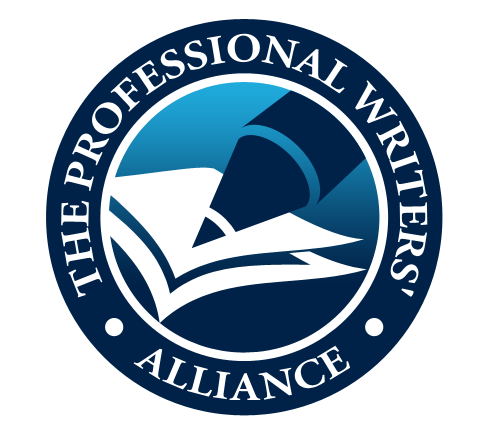by John Wood
On October 28, 1906, one of Pennsylvania Railroad’s three-car trains jumped a trestle in Atlantic City and plunged into a creek.
At least 50 people lost their lives … not only a tremendous personal tragedy but the makings of a public-relations nightmare.
Back then, the public-relations industry was relatively new. The term “public relations” had made its first appearance just nine years earlier … in a book about railway literature, of all places. And Pennsylvania Railroad’s PR firm, Parker and Lee, was only the third agency of its kind established in the United States.
Immediately after the accident, junior partner Ivy Lee convinced his client of the benefits of proactively controlling how this tragic event would be reported to the public … to ensure accuracy and prevent the spread of rumors and misinformation.
So, with his client’s approval, Lee issued a written statement about the accident, and the “press release” was born.
As a result, Pennsylvania Railroad was praised by both newspapers and public officials for its openness and honesty in the weeks that followed.
Now, 103 years later, in addition to helping control public opinion during a company crisis, press releases are used to announce all sorts of company news, such as charity functions, online seminars, live presentations, new products or services, new hires, company awards, company mergers, etc.
And if you’re a freelance copywriter, knowing how to write an effective press release is a great add-on service you can offer your clients.
You see, a press release is easy to write. Plus, you can make a lot of money writing them. Many publicists charge $500 (sometimes more) to write a one-page press release for their clients.
According to public-relations expert Melanie Rembrandt, a press release is made up of seven components:
- The company logo and release time – Your client’s company logo usually appears in the top left-hand corner of the press release, with the words “FOR IMMEDIATE RELEASE” under it.
- A header and a subhead – For copywriters, this is the equivalent of a headline and subhead. Just like a headline is to a sales letter, the header is the most important part of your press release. It has to capture your reader’s attention by providing him with unique and useful information. The subhead is a way to reinforce the main headline by providing an additional benefit to the reader.
- An opening paragraph – Usually only a few sentences in length, the opening paragraph provides your reader with the answers to the questions: Who? What? Where? Why? How?
- The body copy – Here, you provide your reader with new information related to the topic of your press release. Just like in a good sales letter, statistics and quotes help build credibility. Plus, members of the media love seeing statistics and quotes in a press release, because they can use them in their own reporting.
- Request that your reader take action – You should always let your reader know what you’d like him to do as a result of reading your press release. For example, you could ask him to call a sales representative, donate funds, go to a website, etc.
- “About the Company” section – Next, you add one or two paragraphs about your client at the end of your press release. Once you write this section, you can use it in all future press releases you write for that particular client.
- Media contact information – Lastly, you add your company name and contact information.
Pretty simple, huh?
Once you get good at it, it shouldn’t take you any longer than an hour to write a compelling press release.
And here’s more good news …
Every press release you write needs to be distributed. Which, depending upon the scope of who you’re sending it to, should take you between 30 minutes and two hours. If you charge $500 to write it and $250 to distribute it – that’s $750 for between an hour and a half and three hours of work.
Of course, there are more money-making opportunities in the world of public relations than just writing and distributing press releases. There are additional services such as media kits, online newsrooms, and PR plans you can also offer your clients. Each one represents a significant income-boosting opportunity. And it’s all fun to do!
If you’d like to know more about a career in public relations, check out Melanie Rembrandt’s brand-new, easy-to-follow program, Secrets of Becoming a Publicist. In it, she takes you step by step through everything you need to know to be successful in this exciting and dynamic industry.
This article appears courtesy of American Writers & Artists Inc.’s (AWAI) The Golden Thread, a free newsletter that delivers original, no-nonsense advice on the best wealth careers, lifestyle careers, and work-at-home careers available. For a complimentary subscription, visit http://www.awaionline.com/signup/.

